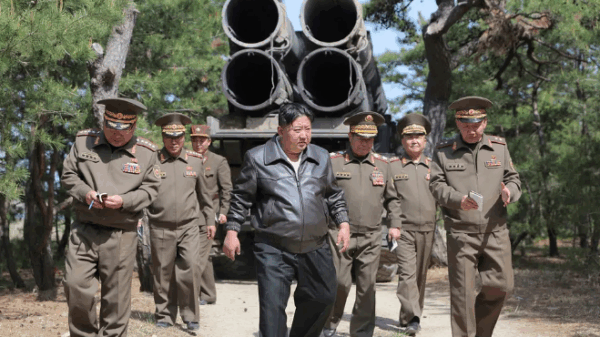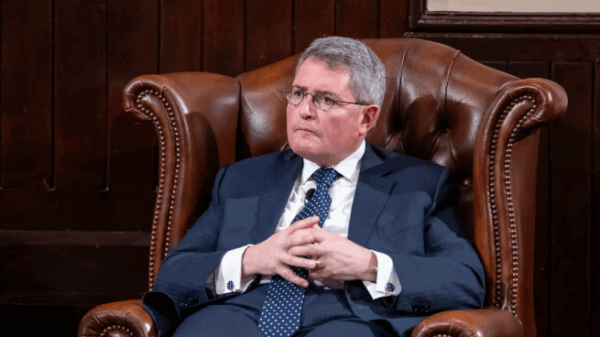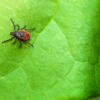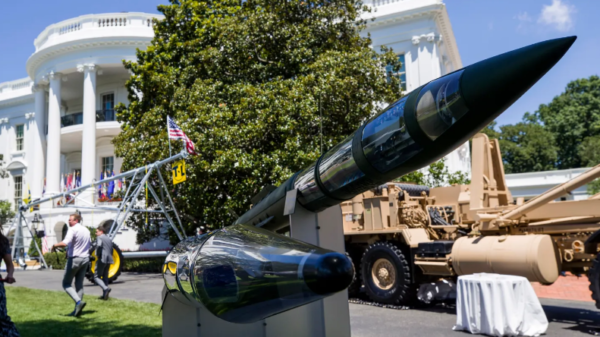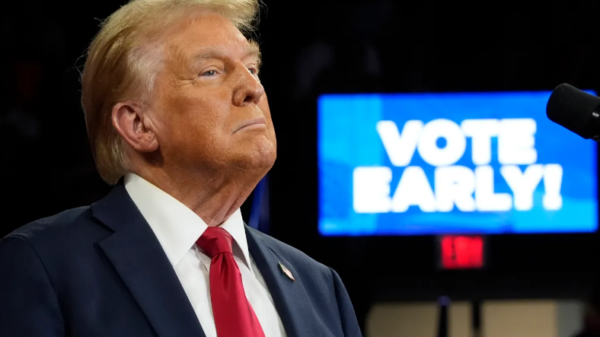In late January, scientists from the World Organization for Animal Health (WOAH) reported the first cases of H5N9 avian influenza in the United States. The virus was detected on a duck farm in California, sparking concerns among public health experts. While influenza is known to mutate and affect different species, the emergence of H5N9 is seen as particularly troubling, especially in the context of ongoing H5N1 outbreaks in poultry and other animals.
According to Michael Osterholm, director of the Center for Infectious Disease Research and Policy at the University of Minnesota, the global spread of avian influenza has reached unprecedented levels. “We’ve never seen a global spread of avian influenza virus like this,” he said, noting a surge in outbreaks among poultry and duck farms in recent weeks. The rapid spread is attributed to the H5N1 virus, which has been prevalent in migratory waterfowl, of which there are about 40 million in North America. These waterfowl play a key role in spreading the disease through their droppings.
The newly detected H5N9 strain differs from its predecessor H5N1, which has been more commonly observed in poultry. Eman Anis, an assistant professor at the University of Pennsylvania School of Veterinary Medicine, explained that H5N9 is “not commonly seen in poultry” and is a combination of several different influenza strains, including H5N1, H7N9, and H9N2. Researchers in China who studied avian influenza in bird markets in 2015 raised concerns about the potential for the virus to infect humans, though the exact risk remains unclear.
The mixing of various avian viruses poses a significant threat. As H5N1 circulates widely, it increases the chances of genetic material from different viruses combining, which could result in new, potentially dangerous strains. Public health experts warn that if such mutations occur, it could lead to a virus capable of easily infecting and spreading among humans, amplifying the risk of a global health crisis.
Dr. Ashish Jha, dean of the Brown University School of Public Health, stressed the need for stronger global coordination in monitoring and controlling the spread of avian influenza. “We are increasing the risk of something really terrible happening,” he warned. He pointed to the importance of international collaboration, noting that migratory waterfowl do not respect national borders and that surveillance efforts must be multinational.
The challenges are compounded by recent political developments, including the U.S. withdrawal from the World Health Organization (WHO) under former President Donald Trump. Dr. Jha argued that this move makes it harder to coordinate global efforts to track and contain bird flu, potentially leading to larger outbreaks in the future.
As concerns grow over the ongoing spread of avian influenza, public health officials urge a unified response to prevent the virus from mutating into a more dangerous form that could affect humans.


